
Mike Reed has been in copywriting since 1993. In that time, he’s founded two agencies and won many awards, including D&AD Pencils, a Cannes Lion and an LIA statuette. He now speaks about copywriting at conferences around the world and leads creative workshops on the topic of brand language.
As part of our Day in the Life series, we caught up with him to learn about his typical day at Reed Words, how he approaches a project and what work he's most proud of. He also provides some suggestions for how to break into a creative job that's still quite mysterious and opaque.
Tell me about a typical day in your role
These days, I have two broad categories of typical day.
One type is very desky – either at home or in the office: dealing with emails, giving the team feedback on projects, making business development plans, working with my co-founder (and our Commercial Director) Wendy on business planning, and occasionally even writing stuff. I’m much better at this if I’m in one of our offices.
Unlike almost everyone else in the team, I’m far less productive at home, unless I’m absolutely under the cosh on timings. I’m one of those people. And I love having the team around, it’s just more fun. I’d happily return to the days of everyone in the office every day. But I fear that’s history now.
The other type of day is out and about - doing meetings, workshops and presentations, attending (and sometimes speaking at) events, and, increasingly, travelling. [At Reed Words], we have offices in the UK and US, and I need to be as equally present for the whole team as a I can. Mostly I’m in London, as that’s home for me, but I also try to spend plenty of time with the Manchester and New York teams. Travelling like that is a real privilege, and I love it.
The combination of 'inside/outside' days suits me pretty well. I’m self-sufficient enough that I didn’t suffer too greatly during lockdown. But I love being out meeting other people more than anything. I like, and need, both.
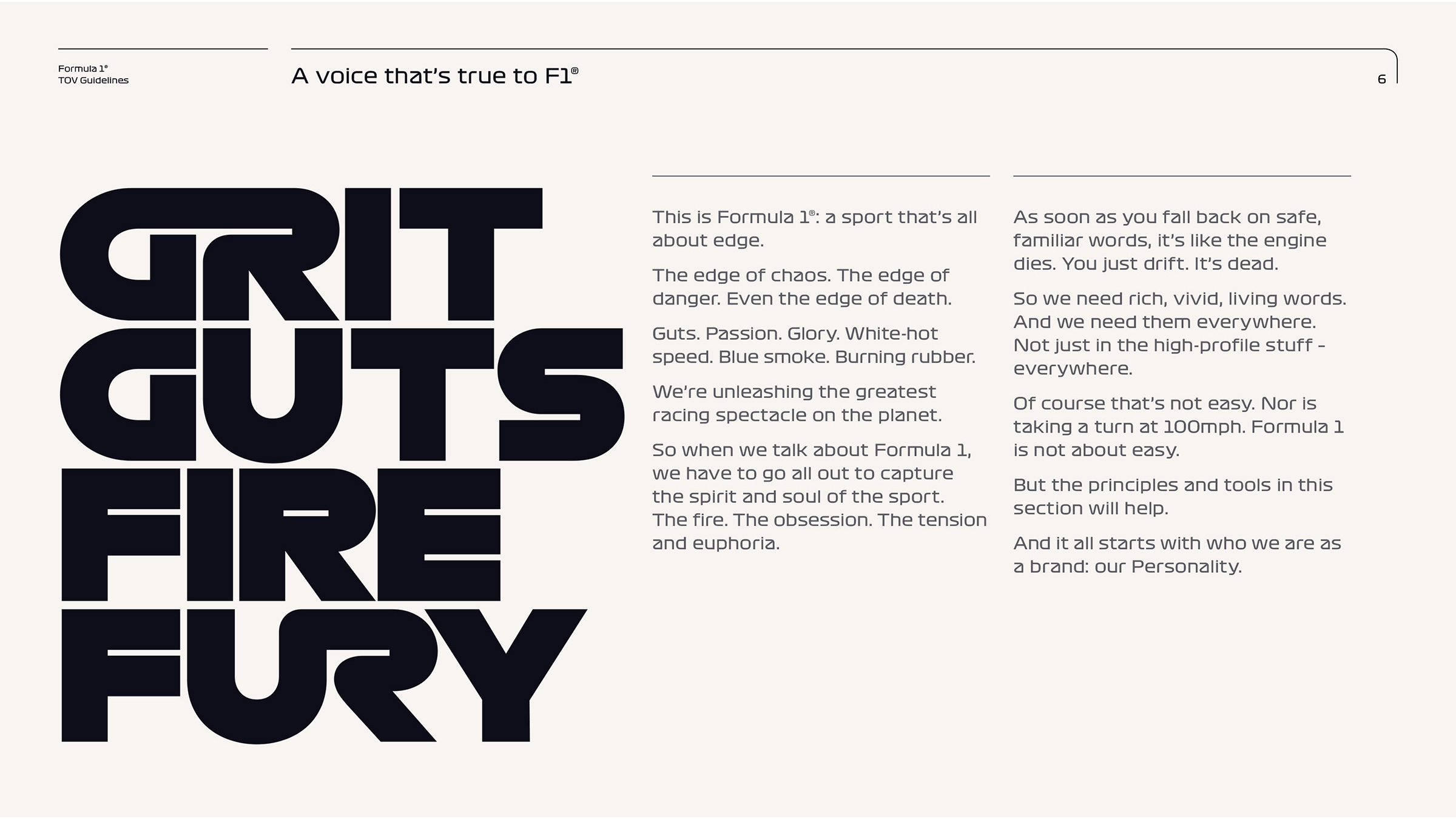
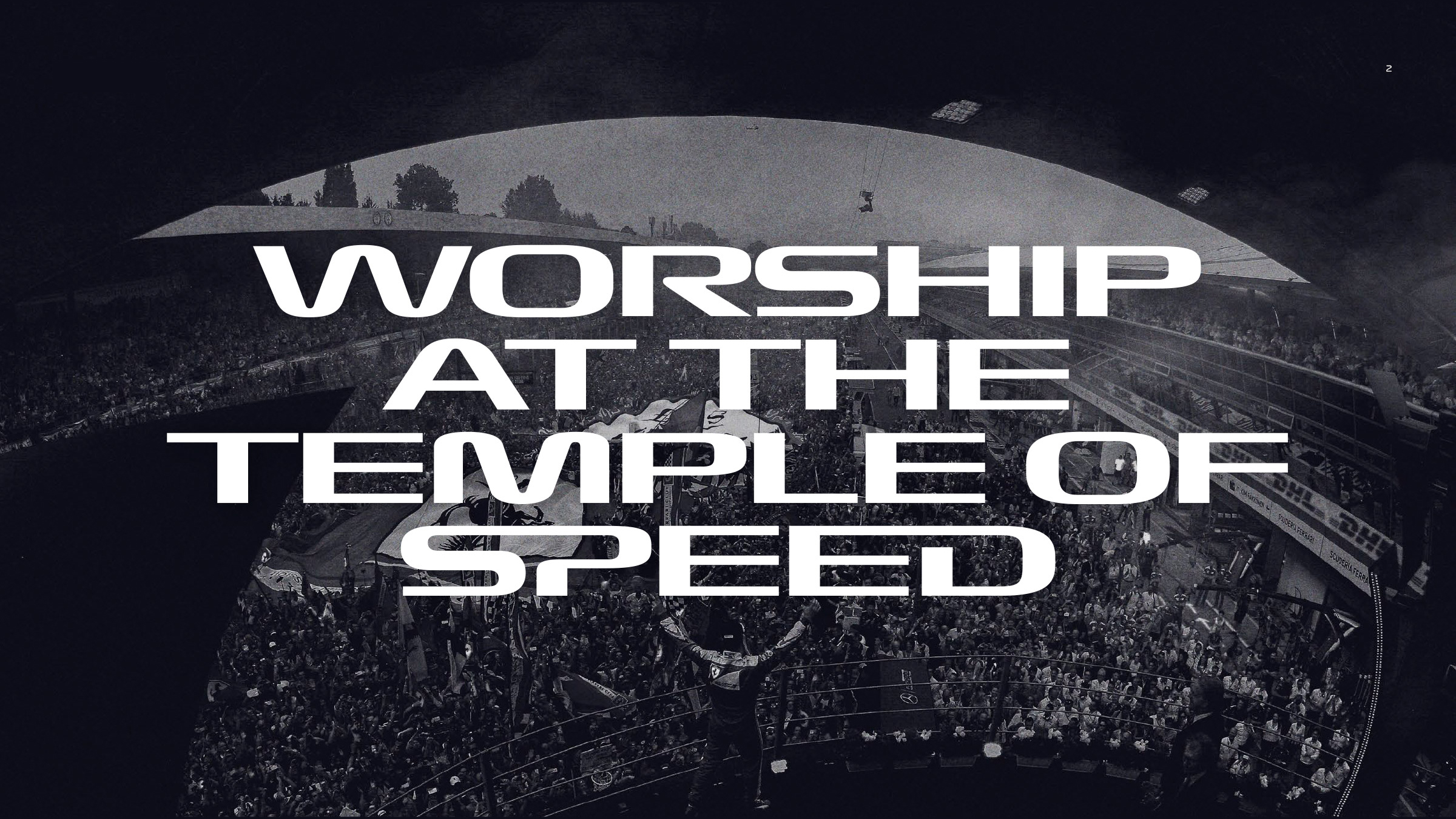
Which project are you the most proud of and why?
This is an impossible question (and a very long answer). Luckily, we have a long list of projects I could happily name. But a few that are special to me personally would be Formula 1, Penhaligon’s, the World Trade Center, Bluebeam and Zoox.
Formula 1 is a few years old now, but remains one of our highest-profile and successful verbal identities. By 'successful', I mean we built something truly authentic and distinctive, which the brand fully embraced and continues to use to great effect across all their touchpoints.
We benefited from an exceptional client in Ellie Norman at F1. She’s since moved on (to Manchester United), but I’ve never worked with a sharper, smarter, more focused or more appreciative client. Ellie gave us the space and trust to do our work, but also challenged and pushed us – without ever being aggressive or overbearing.
You can always tell who’s really, properly good at their jobs – they’re the ones not throwing their egos around
It was also a pleasure working with Wieden + Kennedy – the lead agency on the project, who had the confidence and humility to call in an expert partner for tone of voice. You can always tell who’s really, properly good at their jobs – they’re the ones not throwing their egos around.
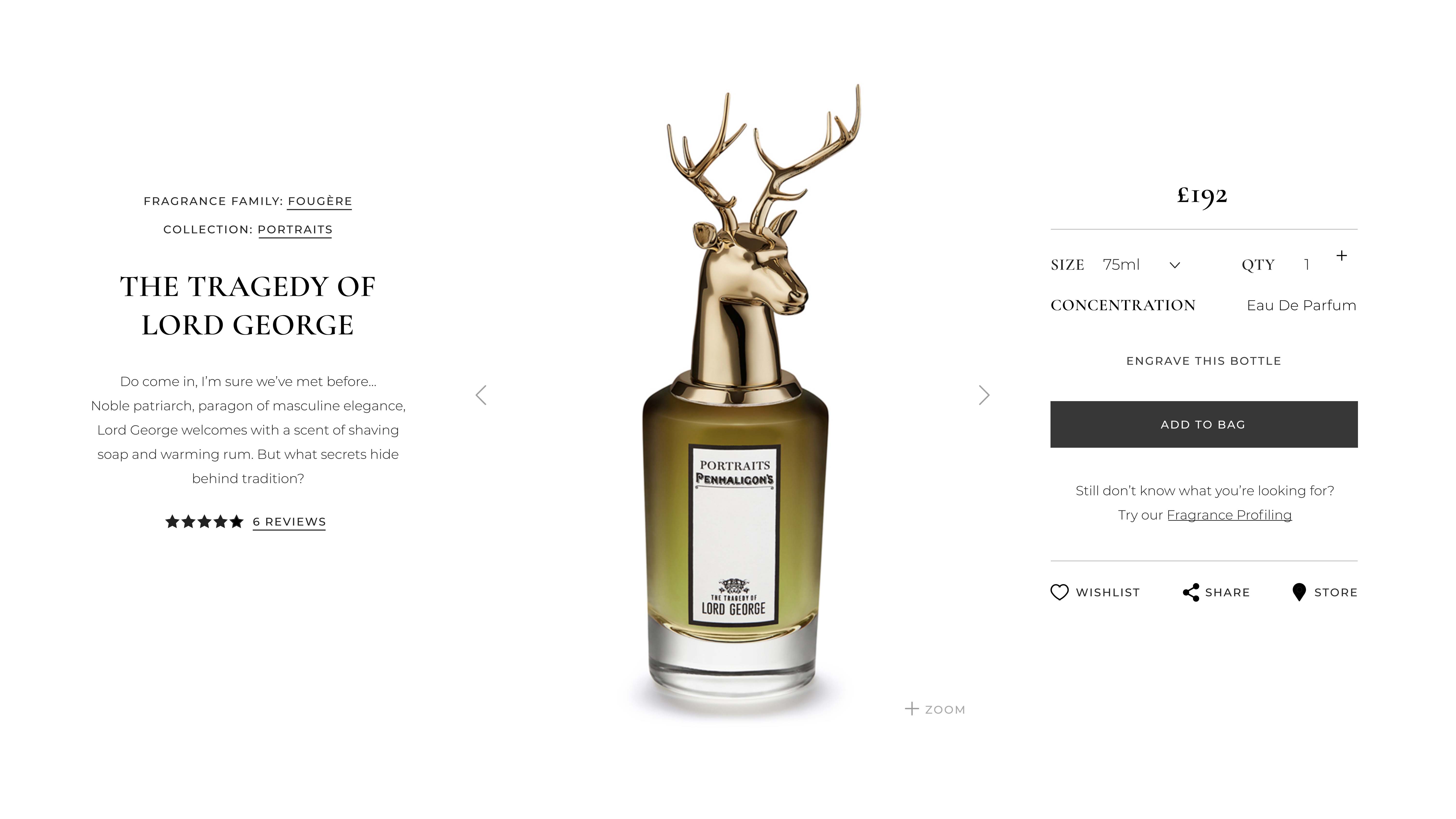
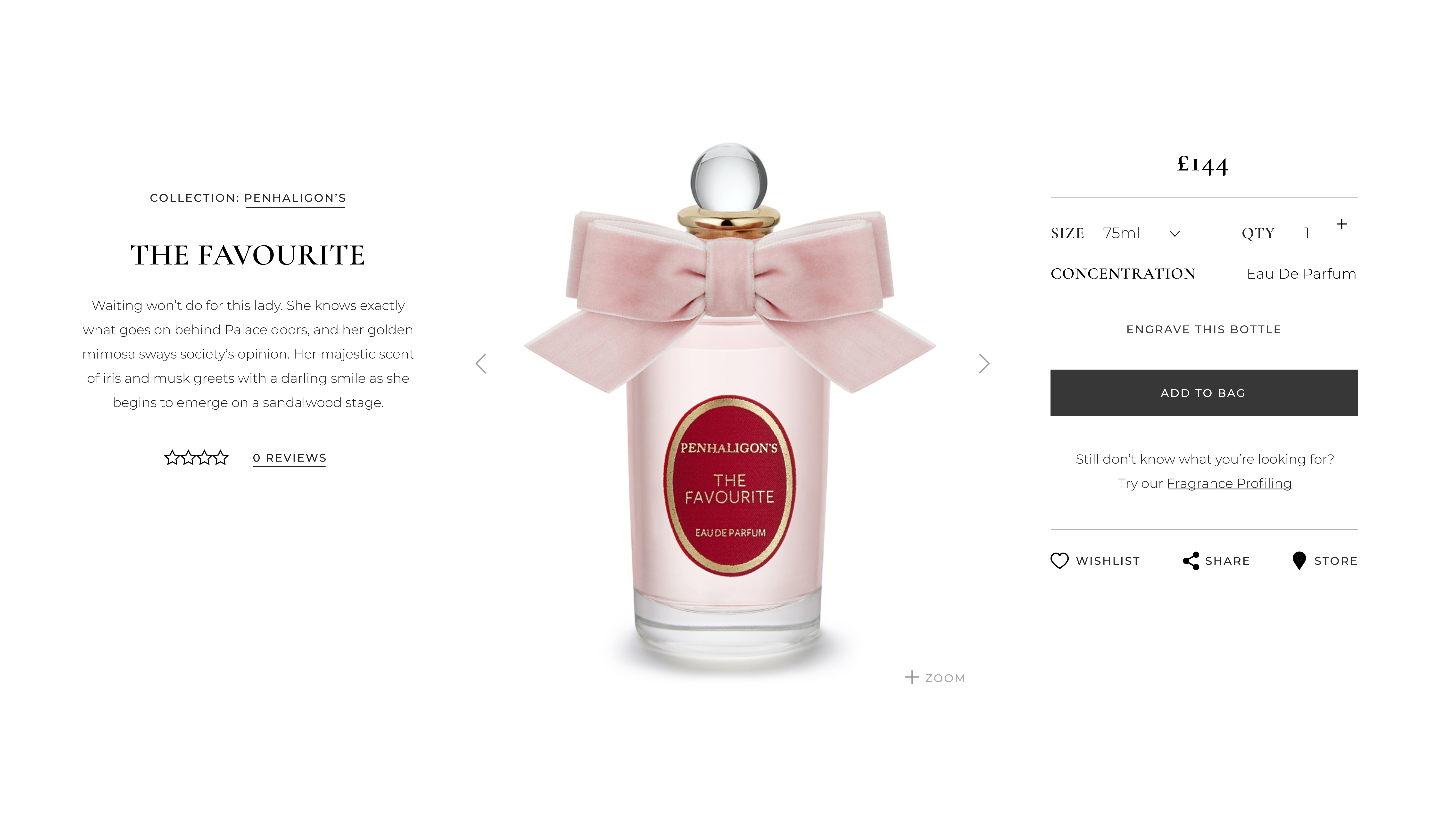
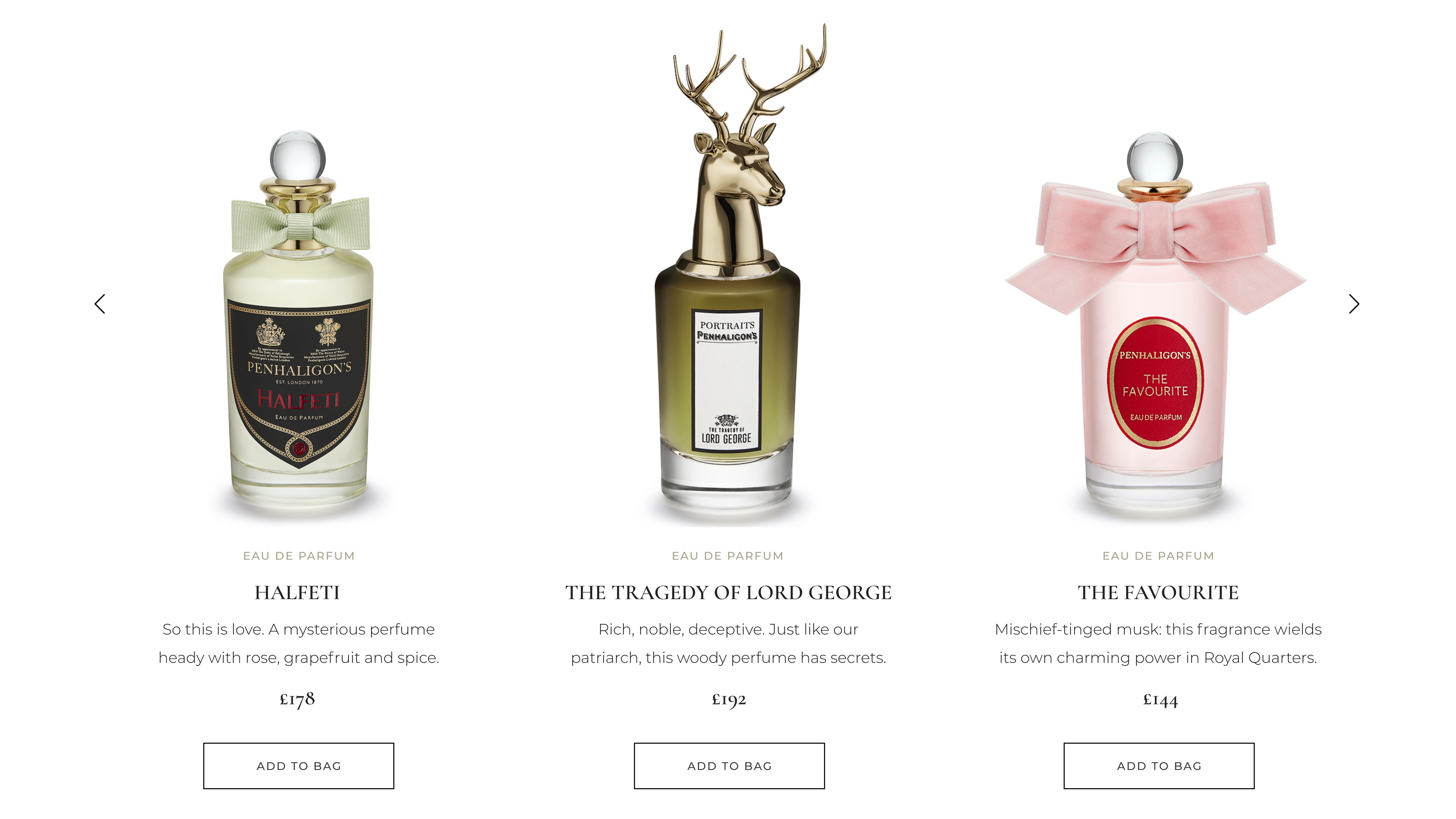
Penhaligon’s are another fantastic client – I don’t think the best work can happen without them. Erin Homer and the team gave us such a lovely challenge, in creating a voice to match the brand’s eccentric, flamboyant character.
And, again, they let us run with it – trusting that we were smart enough not to just drown in self-indulgence. Today, the partnership goes on: they do lots of their own brilliant writing using the toolkit we gave them, but they also get us in to help on major projects like Christmas campaigns. It’s a joy.
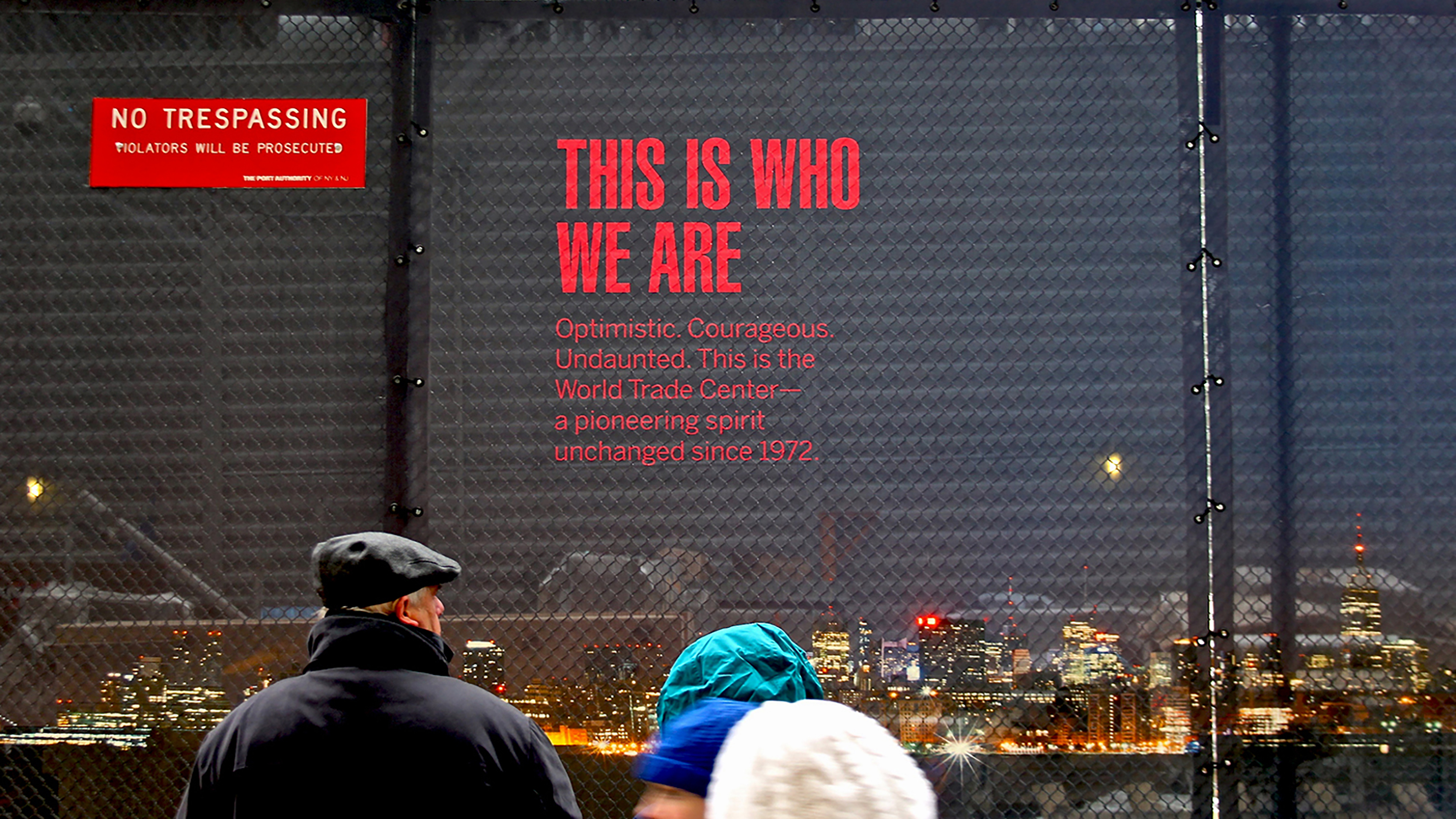
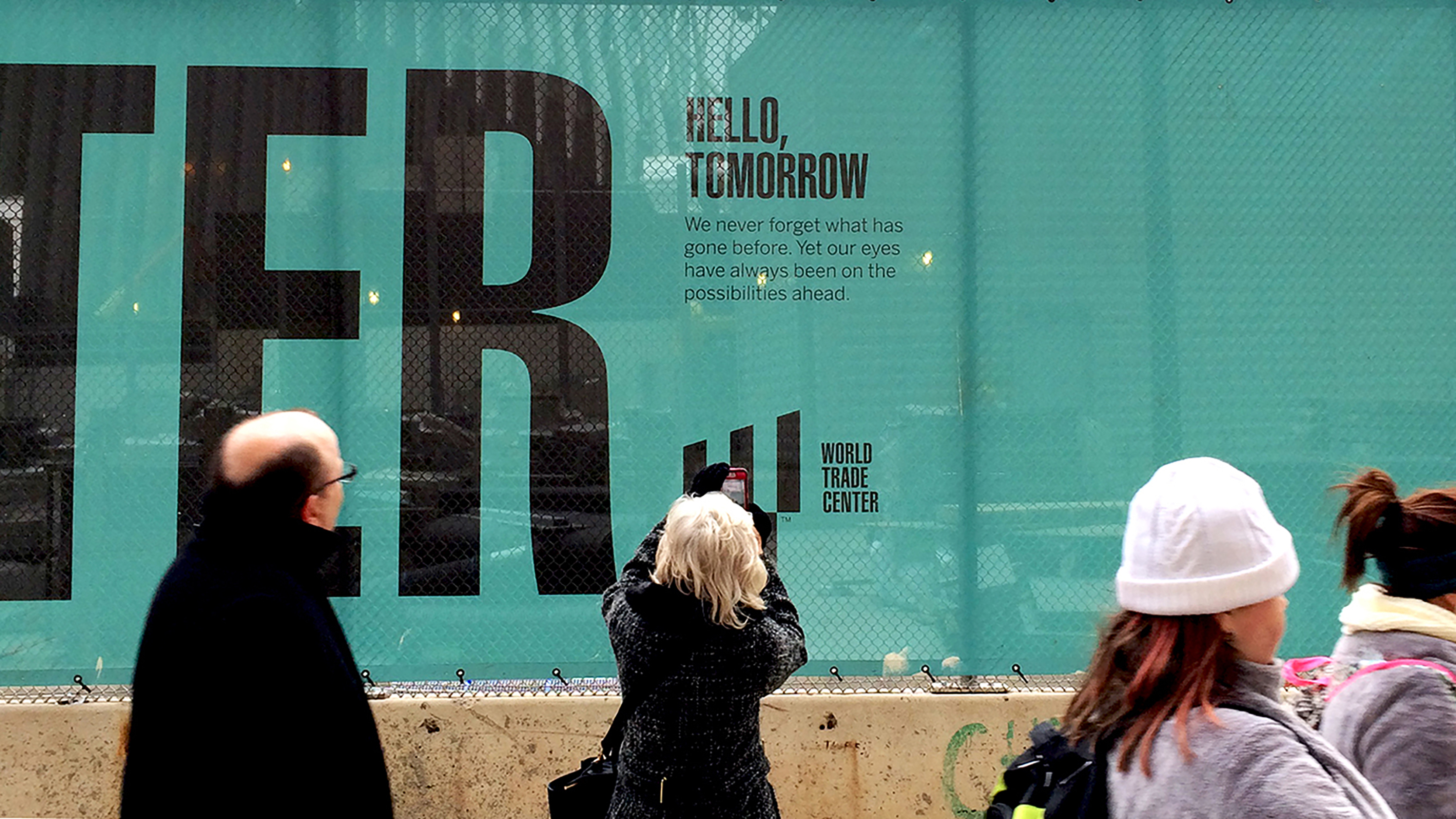
Shortly before we opened up shop as an agency, I had been asked to develop messaging for the new World Trade Center in New York – a brief at once thrilling and terrifying. A misstep in tone on that one could do real harm – something you can say of very few writing projects.
Working with Landor, who developed the visual identity, we came up with a set of lines and short paragraphs that ended up on the construction hoardings around the site – and stayed there for years. The Port Authority of New York and New Jersey – the client – were every bit as sensitive as you’d imagine, but the work got through pretty much as written.
My favourite headline said simply, 'This is who we are'. With the rebuilding as its backdrop, it captured that special indefatigability of New York – and America. That spirit of picking yourself up after the most devastating blow, getting back on your feet, and pressing on. Standing on the street watching people stop to take photos of this work was an especially proud moment.
Bluebeam, based in LA, is the Adobe of the architecture, construction and engineering (ACE) world. Their software transformed the arduous business of creating, amending, sharing and managing architectural plans on paper.
They first came to us many years ago, looking for a partner to help localise their brand for the UK and Europe. That turned into voice and messaging work, an OOH campaign that ran across Europe, Australia and New Zealand, a global digital campaign, and countless brand and content writing briefs that we continue to help them with to this day.
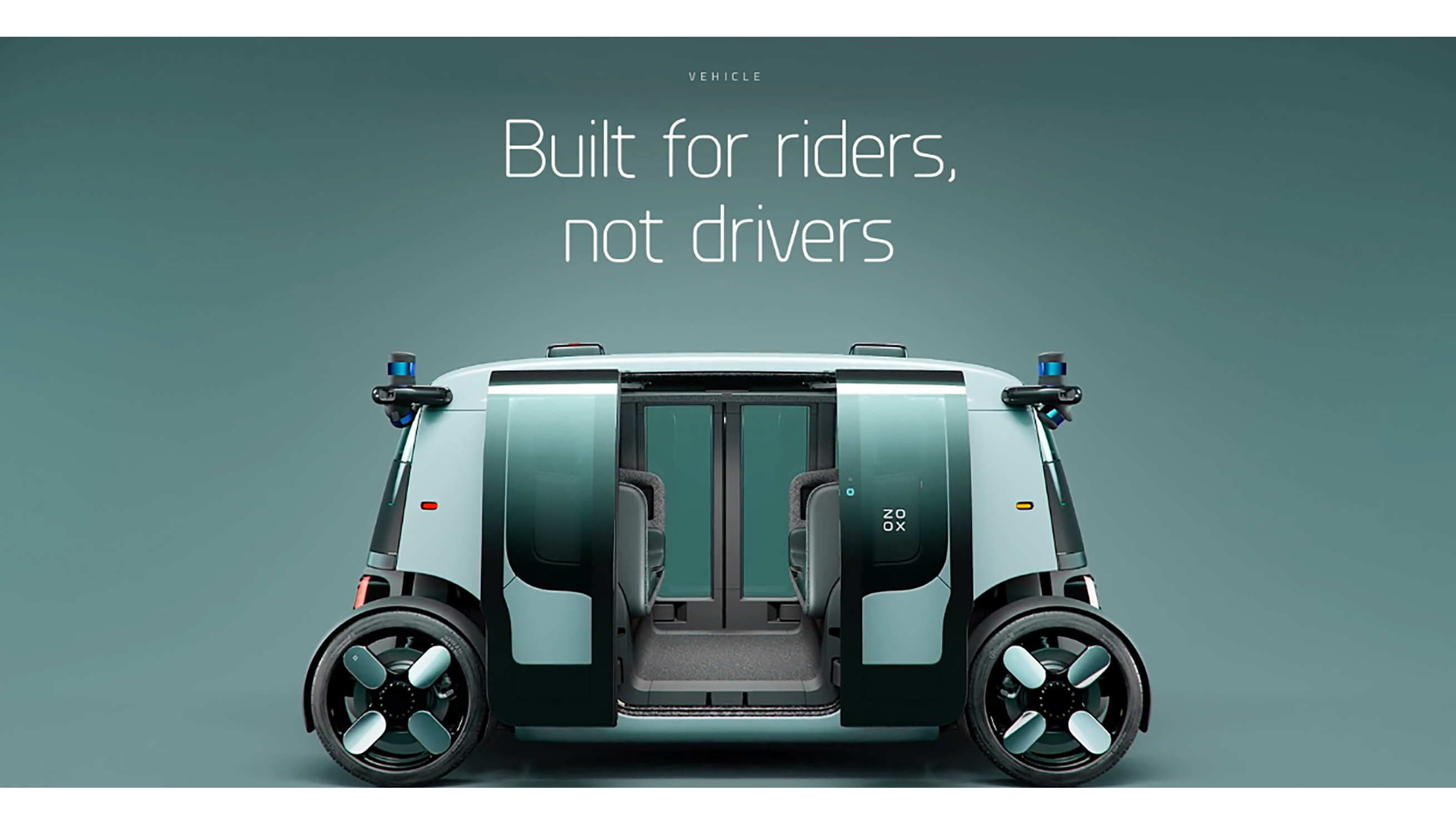
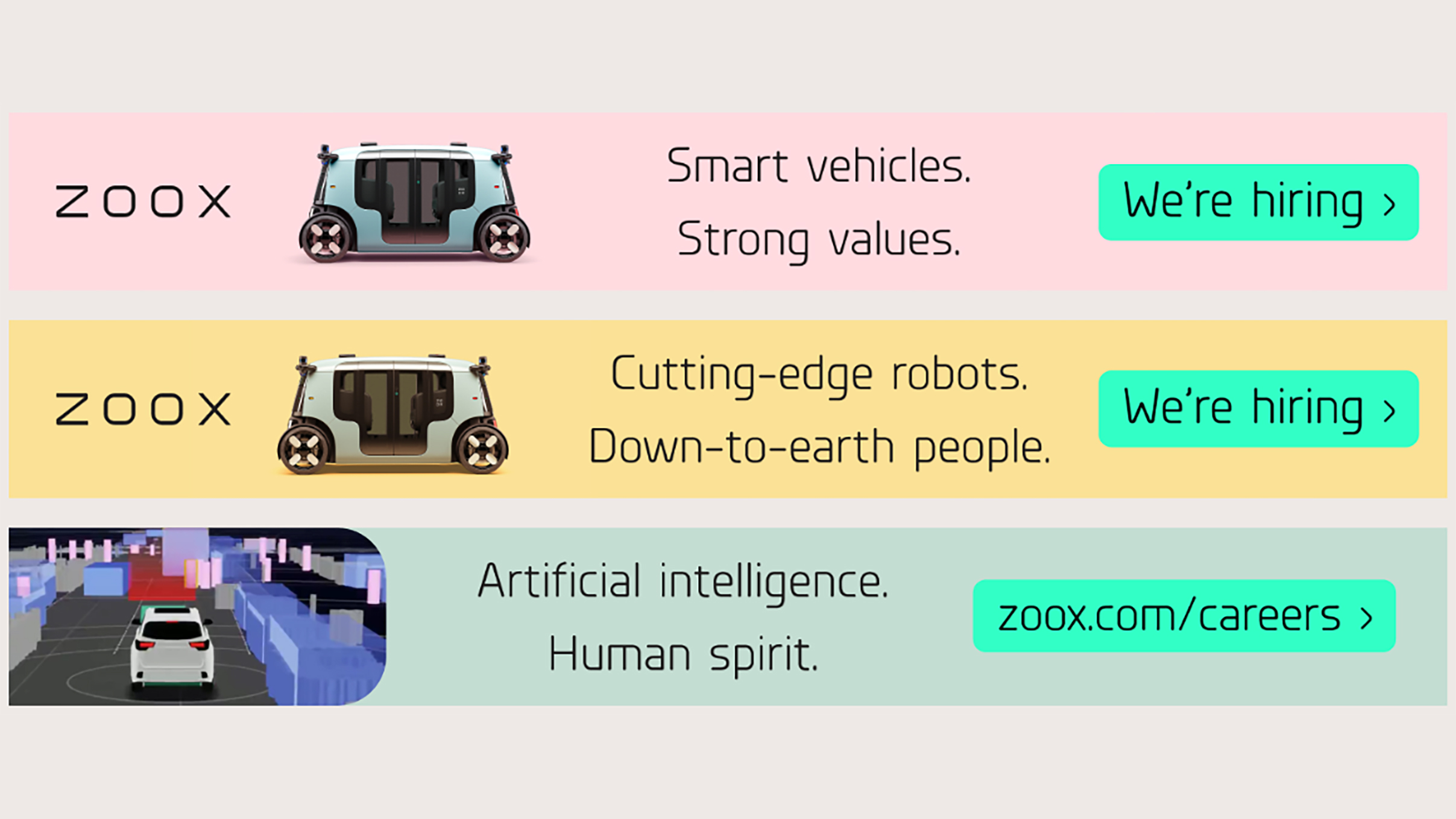
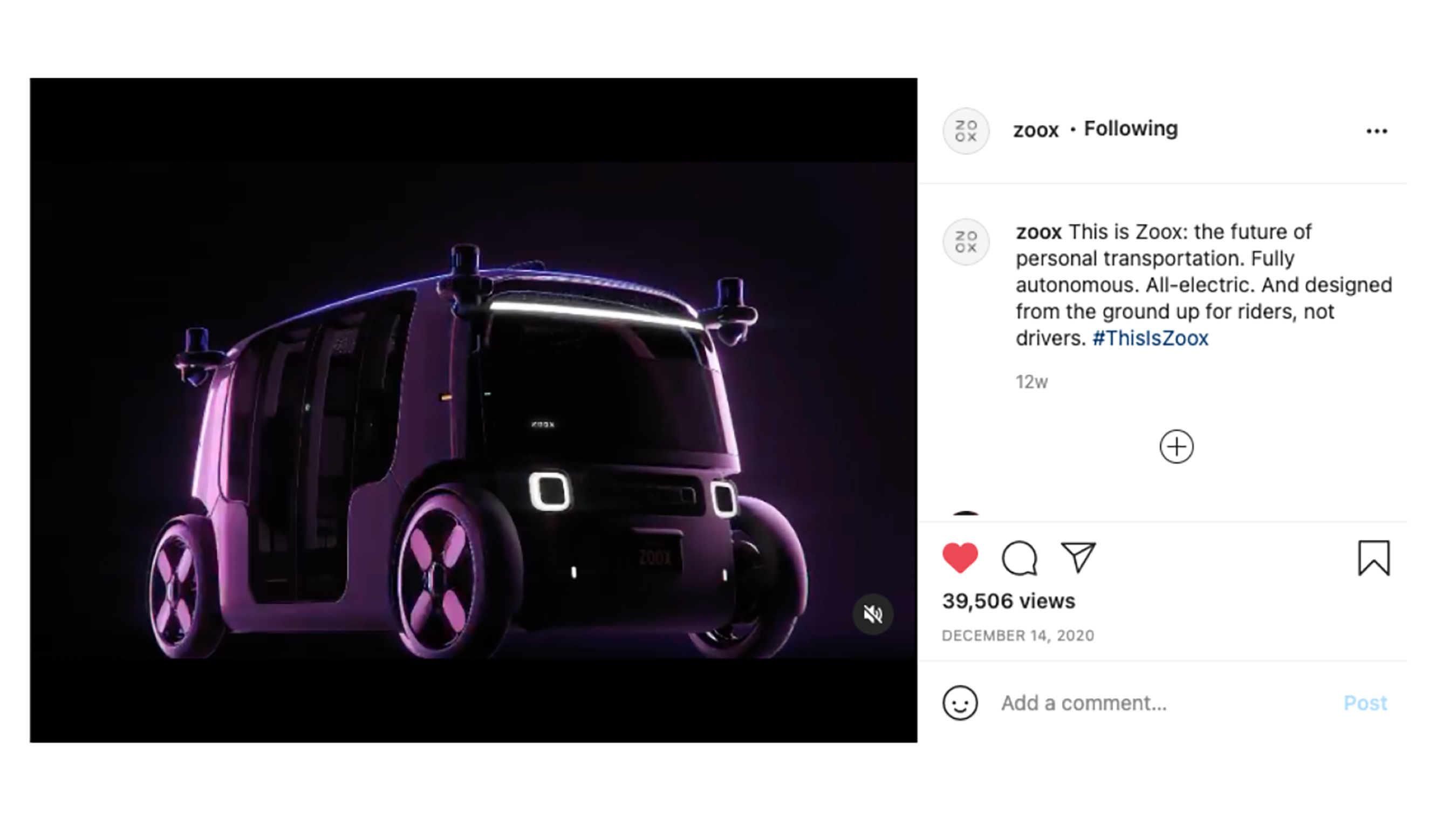
Zoox, in San Francisco, is such an exciting brand: they’ve built the first ever ground-up autonomous robotaxi, soon to be running its first full-scale public services. They came to us in 2020, looking for help both on their voice, and on the messaging around the reveal of their vehicle. They’d spent six years developing it in secret, and now it was time to show the world. What a brief!
Then two huge things happened: Amazon bought Zoox, and Covid exploded. The reveal had to go virtual – and storytelling became even more critical. We worked with them through that, and have been doing so pretty much non-stop ever since.
Since then we’ve written all sorts for them – web copy, articles, social posts, an internal culture book, a barnstormingly successful recruitment campaign… and most recently, some really exciting product-related work that I can’t talk about yet. It’s a very special partnership – the Zoox team are a joy to work with, and genuinely committed to their mission. They’re inspiring.
How do you approach a new brief?
The only honest answer is, 'it depends'. Even projects that look broadly like the same thing - naming or verbal identity, say – need to be tailored carefully to the client, the need and the context. Anyone coming at this stuff with a cookie-cutter is doing it wrong.
Anyone coming at this stuff with a cookie-cutter is doing it wrong
That said, we do have a set of broad processes that give a valuable framework to those conversations, and managing the projects through. The key is to balance structure with flexibility – process should be there to serve the client, not the agency.
Because of that, I guess the more helpful answer is 'We listen'. I always say the writer’s most important skill – after writing – is listening. Which means not just receiving, but hearing what’s said, asking questions, challenging, unpacking… you have to be curious and alert. Clients often tell you the most vital things without even realising. Those initial conversations are so critical in shaping whatever comes next.
And of course the conversations have to continue. You have to be just as alert for the subtext and gaps in feedback. Often, it’s by asking the right questions – which can feel like the dumbest ones – that you help a client unlock what they’re looking for, or trying to say. It sounds like therapy – and sometimes feels like it too! But this is how you get to words that get that 'Eureka' response.
Tell me about a tricky challenge and how you approached it
Running an agency means all manner of tricky challenges! Especially for someone like me, who is essentially a creative and a craftsperson.
I’m incredibly fortunate to have Wendy. She’s brilliant at the myriad things I’m no good at at all, which means I can focus mostly on the creative side of things. I literally couldn’t do this without her. That goes for the rest of the team, too, to be honest. Having such a brilliant group of people around means there is always insight and experience close at hand that I can draw on.
In terms of creative challenges, the trickiest are often when you come into a field about which you know almost nothing – especially if you don’t have much time to learn!
Tellimer is a good example: we developed the name, brand platform and core messaging in an extremely tight timeframe, in a world we knew little about. They were an established investment firm, working in emerging markets, who were going through a huge pivot and reinventing themselves as a digital insights and investment platform. (Hence the name: Intelligence plus Emerging gave us Tellimer.)
The solution was listen, listen, listen
Again, the solution was listen, listen, listen. We had to get our heads around what they did, the value they offered – and how and why the business was changing so radically. Then we had to develop messaging to tell that story to both internal and external audiences. All in four weeks. We did it, through a series of week-long sprints, each ending with a presentation and workshop with the client. And we did it by leaning hard into our belief that you have to get practical, fast.
Abstract discussions only get you so far. The sooner you start sharing actual copy with the client, things move so much faster. Because there’s something concrete to respond to, and talk around. Even if the client hates every word, that’s great. Because their reasons why are always so illuminating, which means the next version is light years further forward.
Why are words so important to branding?
The questions is really, how could they not be? Brands are ideas, and words are our primary vehicle for conveying ideas.
Sure, if you (mistakenly) equate 'brand' with 'logo', then who needs words? The swoosh says 'Nike' even without the name attached. (Although of course it wouldn’t if it hadn’t had the name attached for decades.) But zoom out the tiniest bit, and there’s 'Just do it'. What’s the value of those three words to Nike? Could anyone even put a number on it?
And that’s just the pointiest end of a brand. A brand is shaped by everything an organisation does. And everything an organisation does is connected by language. From the name and tagline to the posters and TV ads to the website, the social, the emails, the internal comms, the hiring, the relationships with partners, investors, regulators, governments…
At many touchpoints, language is the only vehicle for branding. So the more considered that language is, the more it can strengthen the brand. And the converse is true. We use this Nike email as an example in workshops:
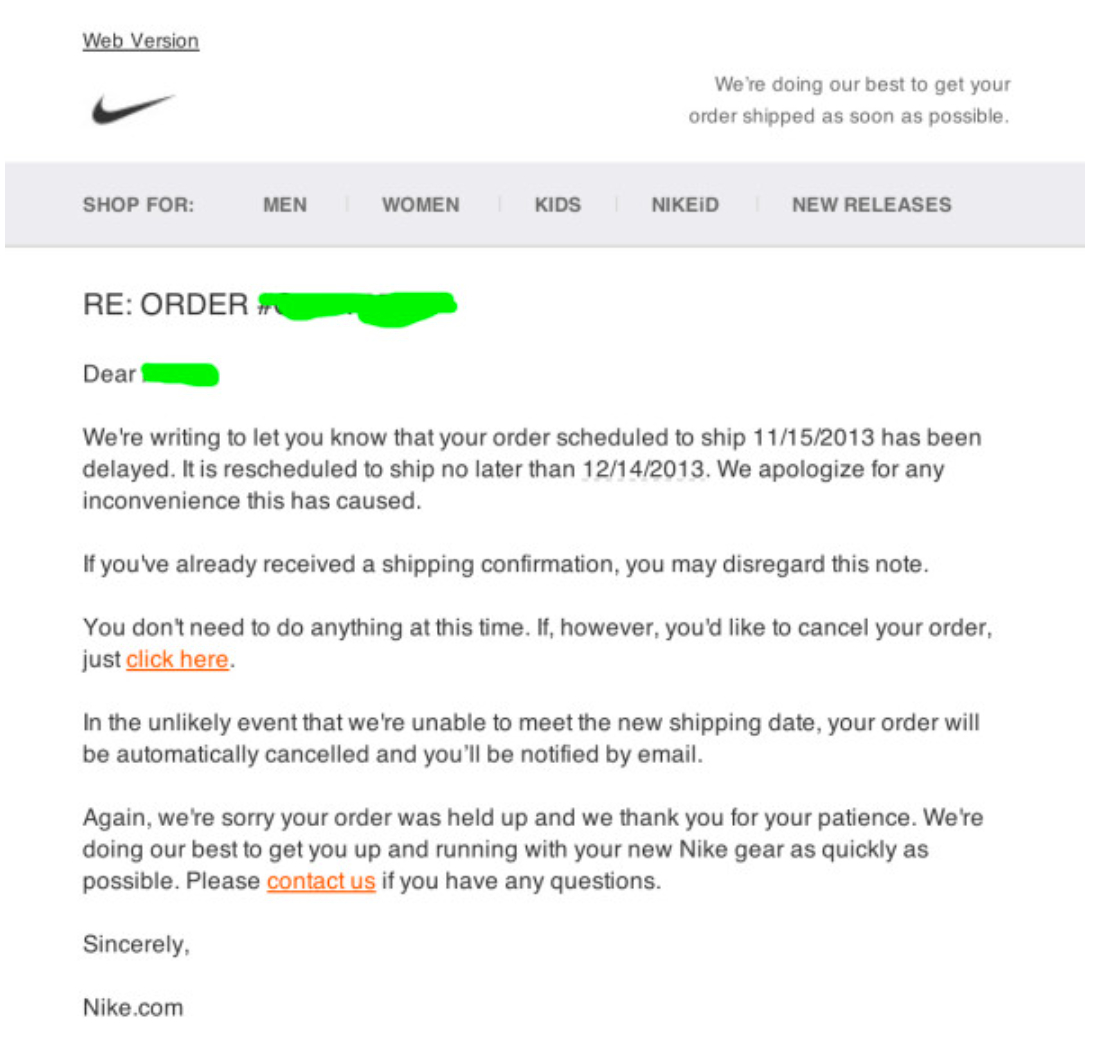
The stakes here are deceptively high: it’s the brand speaking to you personally, one-to-one – not like a poster or TV ad. And also, it’s delivering unwelcome news. So it should try to be both as authentically Nike, and as empathetic and caring as it can. It fails both tests. It’s cold, generically corporate, dry, and unfeeling. “We apologize for any inconvenience this has caused.” Like a train cancellation notice. “Sincerely, Nike.com” – seriously?
The subtext here is: You know all that flashy inspirational stuff we do on the posters? Yeah, that was a trick. Actually, we’re just another faceless, money-grabbing corporate machine. Suck on that while you wait for your sneakers.
Imagine brand as a vessel. It’s like they’ve poured gallons of precious time, effort and money in at the top – and then punched a hole in the bottom. Sure, it’s only a small hole – but make enough of them, and all the good stuff you poured in just leaks out again. Words build brands – from the name on out. It’s astonishing how often they’re still overlooked.
Do you think people value words as much as design in branding?
We’re getting there! Slowly, but we’re getting there. I did my earliest copywriting in ad agencies, which instilled that fundamental partnership of writer and art director. Then, as I got to know graphic designers (in the mid-to-late 90s), I loved the way they thought and their attitude to craft.
But mostly, they didn’t seem to care much about words. (With notable exceptions.) Most often, I would be given near-finished layouts, and asked to turn the Lorem ipsum into English. Which was fine, but largely a waste of a creative copywriter.
I couldn’t understand why this was the case – or why design studios didn’t have writers, the way ad agencies did. When I went freelance in 2002, this was great in one way: it meant steady work for me. But it was frustrating too, because you rarely got the chance to do what I knew writing could do: be the yin to the visual yang; the other half of the story. Advertising had known this since the 50s and 60s – I couldn’t understand why design hadn’t caught up.
Brands have been using words for as long as they’ve had logos. But only now, really, is it being taken as seriously
These days, it is – faster and faster. I think for two big reasons. Firstly, because 'brand' has become such a thing since the early 2000s. Back then, there were few 'branding agencies' – it was mostly 'design consultancies'. It’s very hard to avoid language if you think seriously about brand. It’s so obvious how critical messaging and tone are.
And secondly, we’ve had the rise of the web and social media. Suddenly, every brand had to learn to speak in all these new channels – directly to consumers. The smart brands realised that voice was a critical asset, and needed to be considered just as carefully as the visual identity.
It’s mad, really – brands have been using words for as long as they’ve had logos. But only now, really, is it being taken as seriously. You can see the evidence in the rise of verbal agencies like ours. When we launched 10 years ago, I think The Writer was the only other words-only agency. Now there are quite a few – which can only be good news.
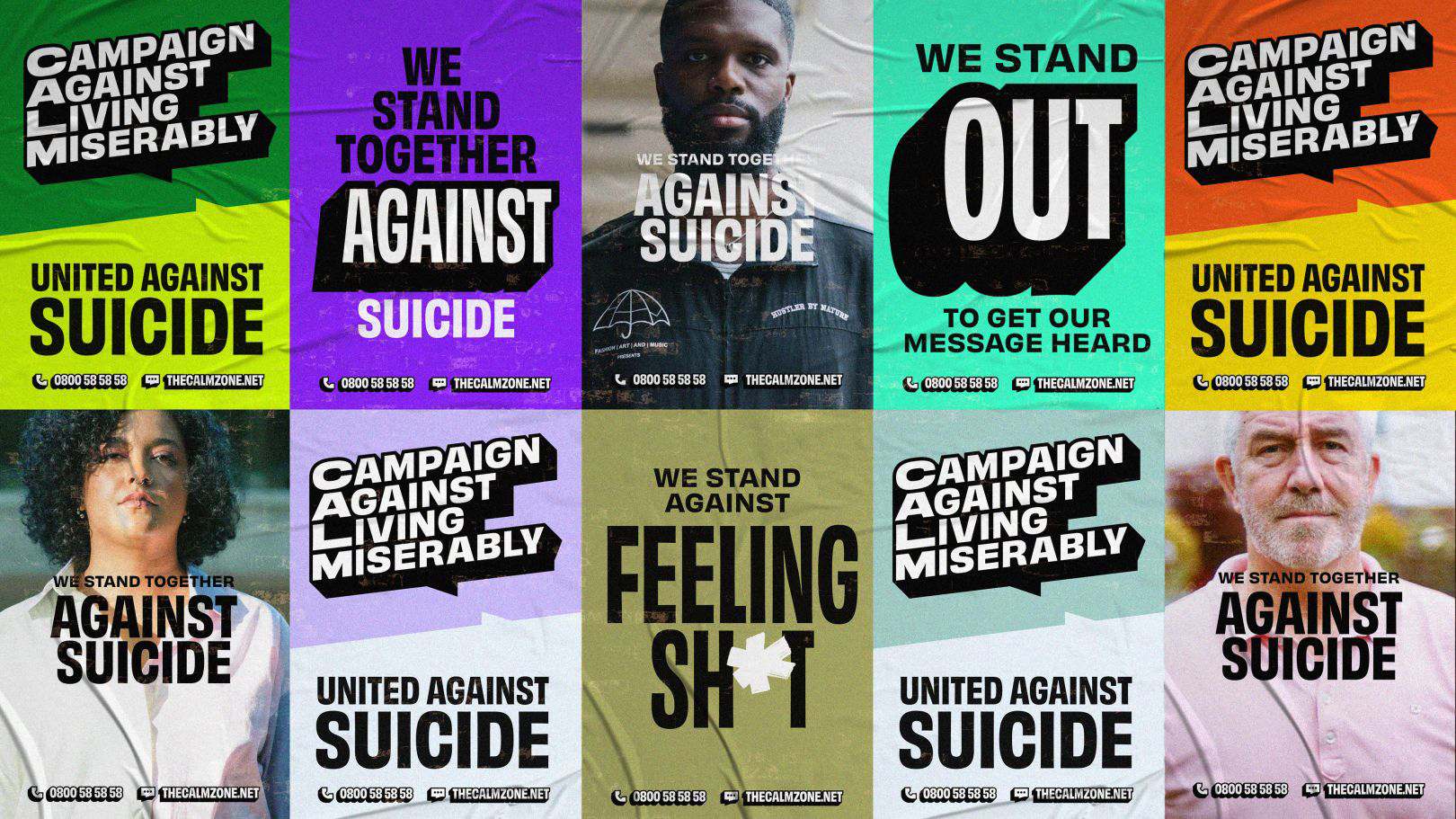
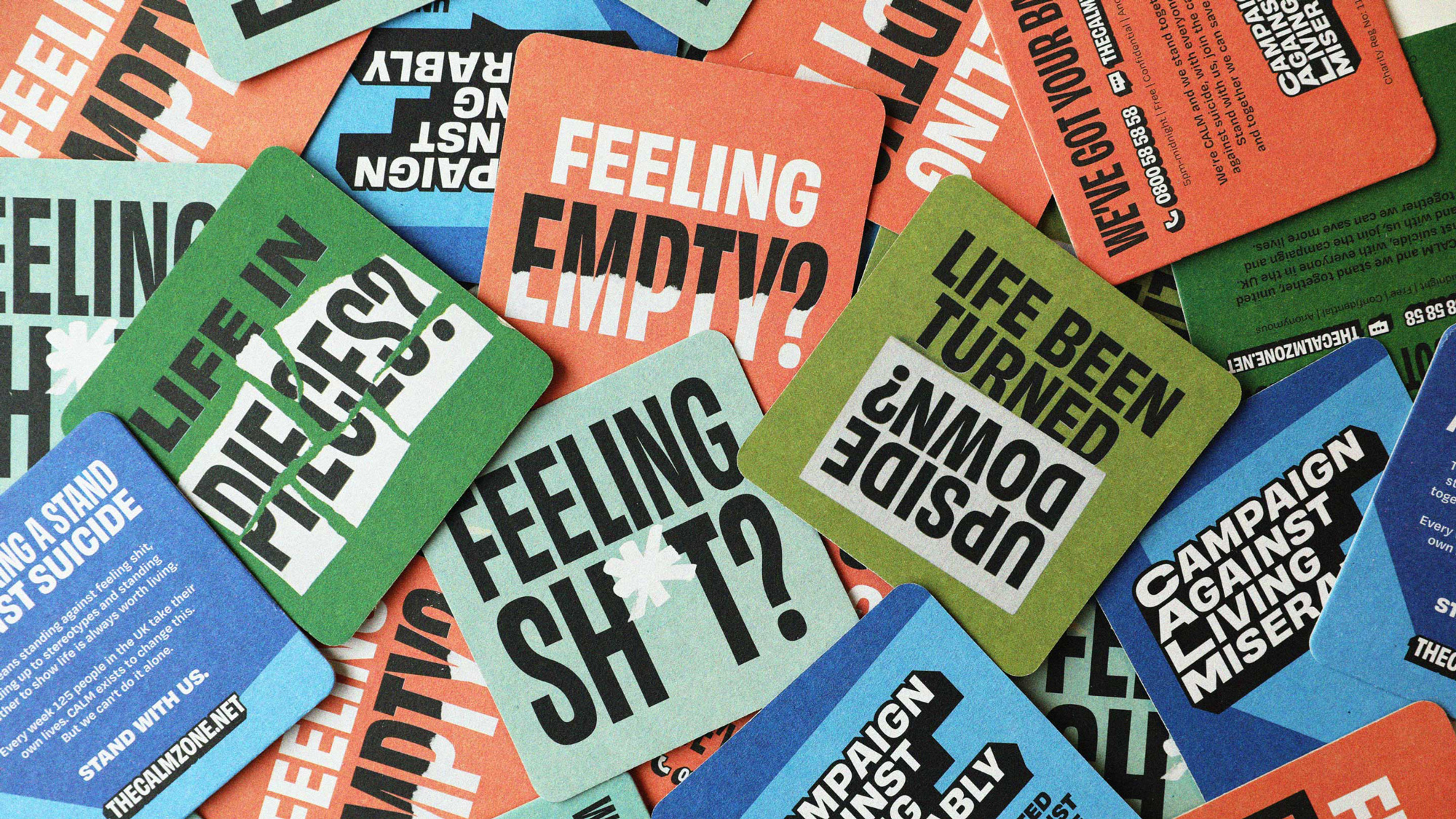
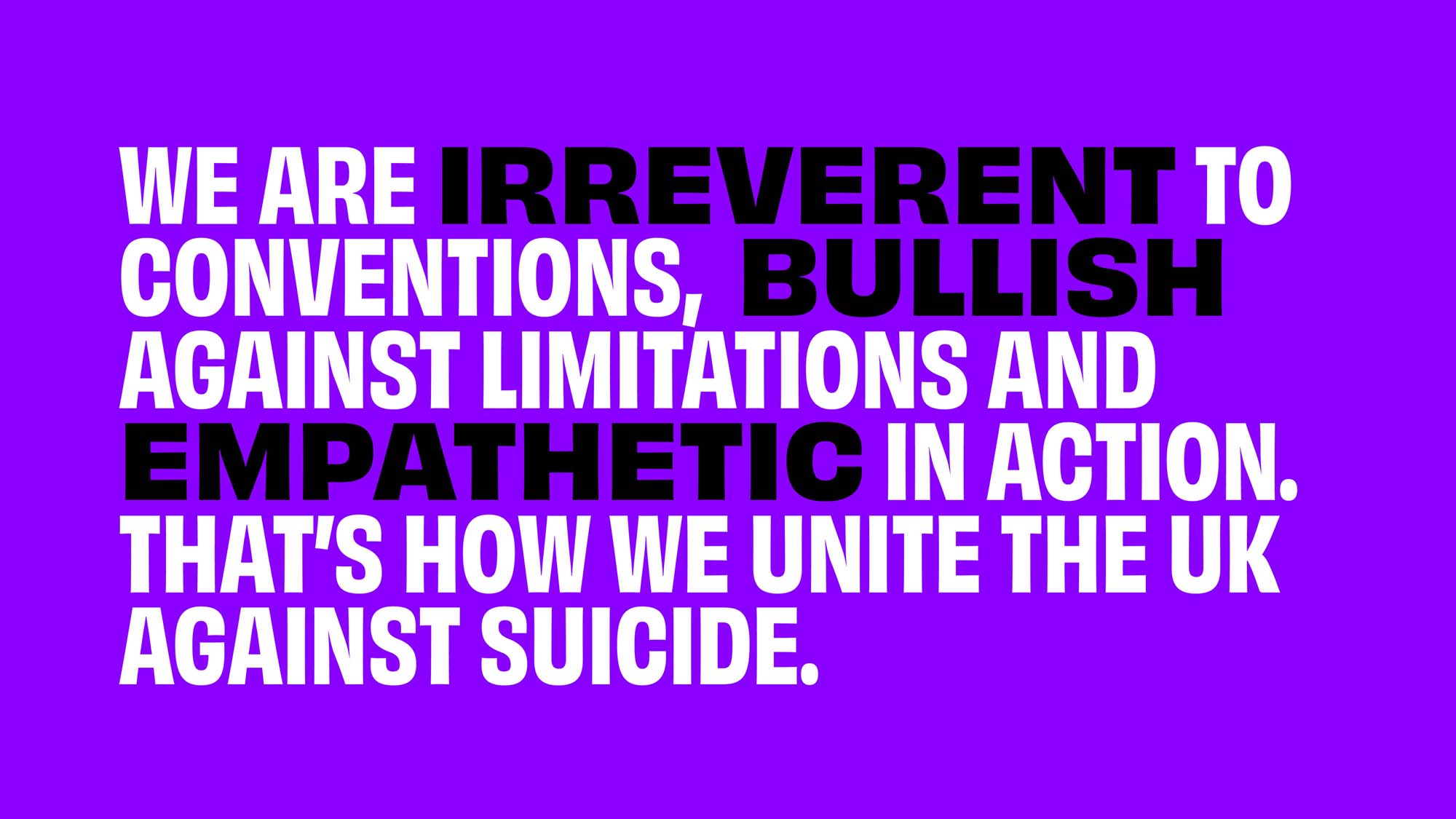
What advice would you give someone who wants to work with words?
In terms of copywriting, the great frustration is that it’s so opaque as a career – even invisible. I got my first job by fluke. I was answering every vaguely relevant ad I could find, in an attempt to escape my job in the damp basement of a bookshop. I’d never heard the word 'copywriter', and had only the vaguest sense that anyone got paid to write ads or any other form of marketing.
That was 30 years ago, and it feels like we’ve progressed – but only slightly. The pathways into this job are still pretty hard to divine. Advertising is probably still the best-known route for copywriting, and it’s great – but there are so many other opportunities.
If you’re just starting off, one easy thing to do is set yourself spec briefs
If you’re just starting off, one easy thing to do is set yourself spec briefs. You can either improve on something already in the world, or set yourself a completely original brief. Build a case study around your solution and put it up on a website. Then do that a few more times.
Try lots of disciplines: advertising, packaging, brand naming, tone of voice… See where you feel most excited and inspired. And be really brutal with yourself – only put up the work you feel is genuinely strong enough to work in real life. Quality over quantity.
You could also offer discounted work for smaller clients. Maybe there’s a charity you support that you’ve got an idea for. Or a local deli that needs better copywriting. Explain that you’re starting off, and would love to create something for them that will help your portfolio. The discount recognises that you’re new. But don’t do it for nothing. Get used to valuing your talent – otherwise you’ll get used to selling yourself short. Both are easy habits to fall into, for good or ill.
It’s worth connecting with other writers through organisations and forums like 26, CopyCon, and WordTonic. Writing can be a lonely business, so this is worthwhile just for your own morale. But you’re also bound to pick up ideas, tips and maybe even referrals through the community. Writers are generally a friendly and supportive lot.
On the 'Don’t' side (and this may just be me), I would avoid submitting poetry or short stories in copywriter applications. We see this quite a bit, and I can see the temptation if you don’t have a copy portfolio yet. But they’re such different disciplines. Even if it’s a great story or poem (which is… not guaranteed), it’s hard to know whether that talent will translate. You also risk looking a bit lazy: 'I haven’t bothered to do any sample copywriting, but here’s a sonnet I wrote about my ex.'
How can writers keep their ideas fresh?
Pay attention. To the words you read, and the words you write.
Read as much and as widely as you can – not just ads and brand stuff, but books, articles, poems, magazines. Notice what delights you (or turns you off), and think about why. Feel for the weight and balance of sentences: are they pleasing, or a little off? How are they working? How are they playing off each other? How does the paragraph build? How is it surprising you? If they’re bad, why? And how would you change them?
And treat everything – everything – you write as an opportunity to practise (and show off). Emailing your plumber to say you’ve paid their invoice? Play with the punctuation until it’s perfect. Care about whether you say 'Cheers' or 'Yours' or 'All the best'. Give a damn – every time. Not kidding: every time. Every careful, conscious decision you make is another sweep of the whetstone along the blade of your skill. My hunch is the best writers do this anyway, because they just can’t help themselves.
What 3 tips would you give a writer who wants to get a commission by a high-profile brand?
Honestly, this is just really hard. But:
1. Word of mouth is so important, I would always recommend talking to as many people as you can, going to events and conferences wherever possible (not always easy when you’re starting out, of course), and even asking for introductions. We British are not very good at being up-front, but most people are very open to being asked. So swallow your reserve and ask.
Be thoughtful and polite with everyone you meet. No gushing, just pleasant and kind
2. This is 1a, really, but it’s critical: be nice. Be thoughtful and polite with everyone you meet. No gushing, just pleasant and kind. Follow up. Send things you’ve promised to send. Say hi on LinkedIn. Because you just never know. We’ve had people get in touch, or recommend us to others, years after a first contact. They remember.
3. Make the small jobs as good as you can. Don’t wait for the big jobs to do your best – do it now, as much as you can, even on the less prepossessing briefs. Because those bigger brands will spot the quality. And obviously put your best stuff (but only your best stuff) on a good-looking, well-written website.
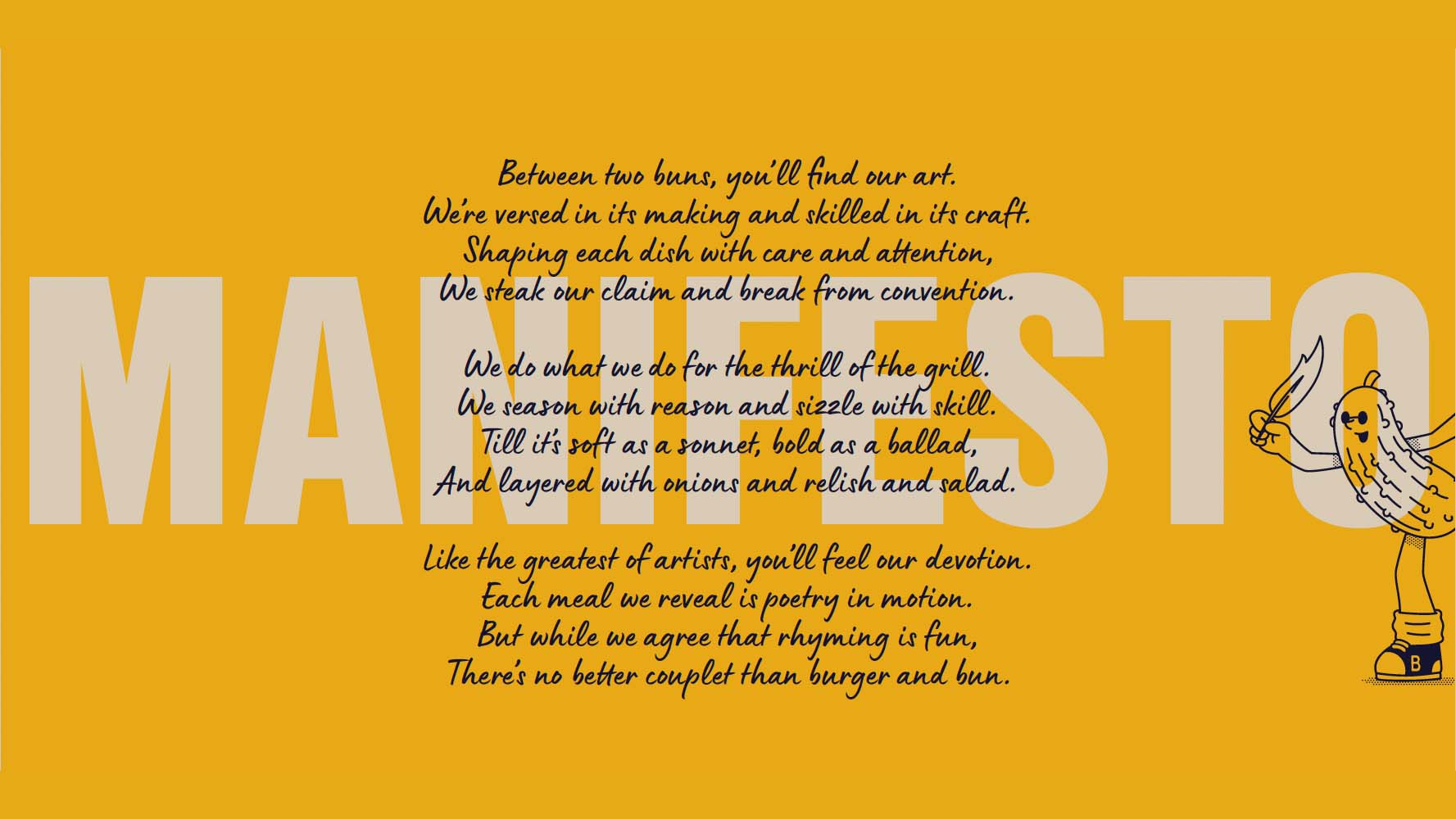
Who’s your dream client?
We have ticked some really big boxes at this point: Apple, Google, The Premier League, the National Theatre, Tesco, Tate… I’m incredibly proud of our client list.
I’d love to work for the BBC. I absolutely adore it, I think it’s a critically important – and, these days, rather besieged. I’d love to play a part in keeping it strong for generations to come. I’d also love to write for NASA, or another big science brand like the LHC. Communicating extraordinary endeavours like those would be fascinating and exciting.
And lastly, I want to write some jingles for consumer brands. No one does jingles any more, which is mad. Nothing sticks in the mind or inspires brand affection more, I’d say.
What career advice would you give your younger self?
Be braver. Get over the shyness, talk to more people. Believe in your talent and your ideas. All of those things would have moved me forward much faster!
Visit Reed Words to learn more about the agency's work.







